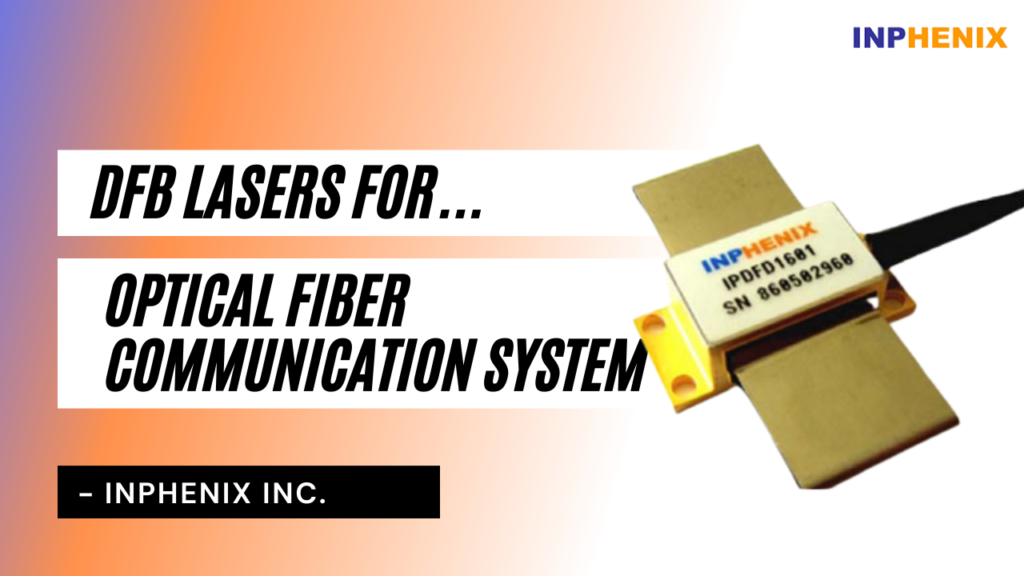
Rapid and reliable communication technologies are becoming increasingly necessary. Since the world is rapidly transitioning to digital platforms, there is an increased demand for communication tools and solutions. This has resulted in the development of communication systems that are quick, sophisticated, and reliable. However, the development of these systems is heavily reliant on their components, such as DFB lasers.
In this blog, we will look at the characteristics of distributed feedback lasers and why they have been a popular choice for telecommunication systems in recent years. Let’s start with a quick rundown of what a DFB laser is.

A DFB laser is a type of diode laser that uses diffraction gratings rather than mirrors to produce resonance and oscillation in the cavity. The goal of a distributed feedback (DFB) laser is to sharpen the output of traditional Fabry-Perot lasers.
The two primary forms of distributed feedback lasers are DFB fiber lasers and DFB semiconductor lasers. Semiconductor lasers generate laser oscillations by feeding an electric current through semiconductors, whereas fiber lasers channel and magnify light via fiber optic cable.
Some of the primary characteristics of this laser that make it a favored choice for fiber communication systems are listed below.
1. For a long time, Fabry Perot (FP) lasers were used as a light source for fiber communication. However, these lasers were effective for short-distance transmission only. Because when it comes to long-distance transmission, FP lasers have severe issues. The solution to all of these limitations was the DFB laser.
2. In the case of a DFB laser, the Bragg grating is placed in the laser cavity of the FP laser. For the unknown, it is nothing more than the periodic variation in the reflective index of the gain zone throughout its length.
3. Moreover, distributed feedback lasers are frequently designed with a “Quantum Well” structure. The light source behaves as a particle rather than a wave when it is trapped in a cavity smaller than the wavelength.
4. The architecture of the DFB laser is another feature that distinguishes it from traditional lasers. Unlike ordinary laser diodes, it does not form an optical cavity with two independent mirrors. Instead, the higher waveguide layer is created by a diffraction grating on top of the active region. The active region is made up of numerous quantum wells that are then buried by current-blocking layers.
5. DFB lasers are also covered with anti-reflection material on one side of the cavity and high-reflectivity material on the other. As a result, the anti-reflection coated side forms the grating and dispersed mirrors, while the reflective side makes the other mirror.
Inphenix is a light source manufacturer based in the United States that develops and sells a wide range of laser devices, to customers all over the world. The firm has extensive knowledge, industry professionals, and cutting-edge infrastructure. Contact us to learn more about the company’s products and terms.
